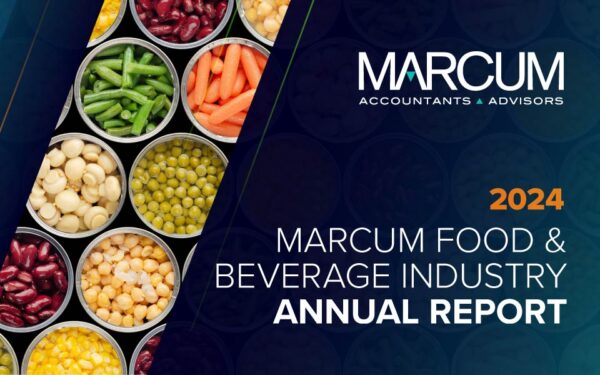The ABCs of the EPA’s PFAS Regulation
By Louis Biscotti, National Leader, Food & Beverage Services Group
For the families of those affected by exposure to toxic chemicals in their drinking water, it may have felt like the fight for stricter standards has taken forever. However, federal regulations have just been implemented to prevent the health hazards caused by exposure to “forever chemicals” – at least as far as drinking water is concerned.
History of PFAS Regulation
The EPA’s recently announced rule introduces limits to the presence of perfluorooctanoic acids (PFOA) and perfluorooctane sulfonic acids (PFOS), as well as related chemicals, in drinking water. To put this development in context, prior regulation of these chemicals was patchy and enforced state-by-state.
About a decade ago, the EPA issued a nonbinding health advisory suggesting that these chemicals should be limited to a maximum of 70 parts per trillion. The new policy, besides being official and enforceable, goes much further. Now, drinking water will be deemed unsafe for consumption if it contains PFOAs and PFOSs at 4 parts per trillion. That could represent a major change for some U.S. communities, including one in Philadelphia that recently recorded 235 parts per trillion in its drinking water. While that water facility in P.A. is now offline, the source of the contamination is still being investigated.
Why PFAS?
The new regulations target chemicals viewed as particularly dangerous because they do not degrade over time, meaning each instance of exposure compounds in the body adds up over one’s lifetime. Elevated levels of the chemicals have been linked to liver disease and various cancers, among other health complications.
The EPA anticipates that the new regulations will have serious health benefits for about 100 million Americans and prevent future severe illness for tens of thousands.
Industry Impact –Utilities and Beyond
Some utility companies are worried about their financial health, questioning the costs associated with enforcement – anticipated to be roughly $1.5 billion per year for testing and filtering. What’s more, they say the costs may not be fixed, as the materials necessary for filtration may be limited. Here’s a quick look at exactly what the EPA’s rule requires of public water utilities:
- They must have systems in place to monitor PFAS by 2027 and provide information to the public on the level of PFAS present in drinking water;
- By 2029, additional systems must be in place to reduce PFAS If monitoring shows they exceed enforceable levels and
- By 2029, public water systems with readings that exceed enforceable levels must notify the public and take action to reduce the levels of PFAS in drinking water.
For now, the EPA’s regulations only affect water utilities. Still, with many other consumer products containing PFASs and related chemicals and many industries producing them as by-products, it’s worth asking which regulators could propose PFAS-related restrictions next. As is often the case, the courts have been addressing PFAS long before regulators, with quite a few disputes gaining attention and involving major brands like 3M, Dupont, and Coca-Cola, among others.
Consumer products brands would be wise to get an early start by testing any water they use and their consumer products for PFAS. Documenting PFAS levels and taking any steps necessary to eliminate PFAS contamination could be a smart way for companies to protect themselves and their customers as PFAS becomes an increasingly hot topic.
For more on PFAS, including recent lawsuits affecting consumer-facing food and beverage companies, check out my recent Forbes article.




















